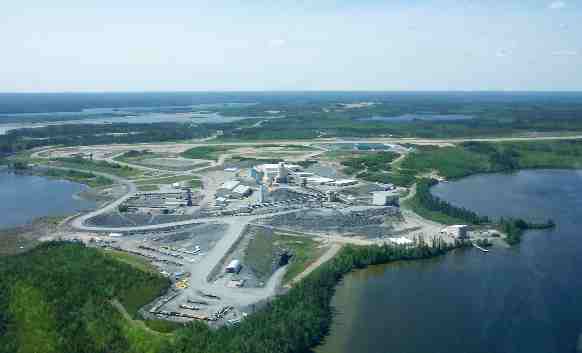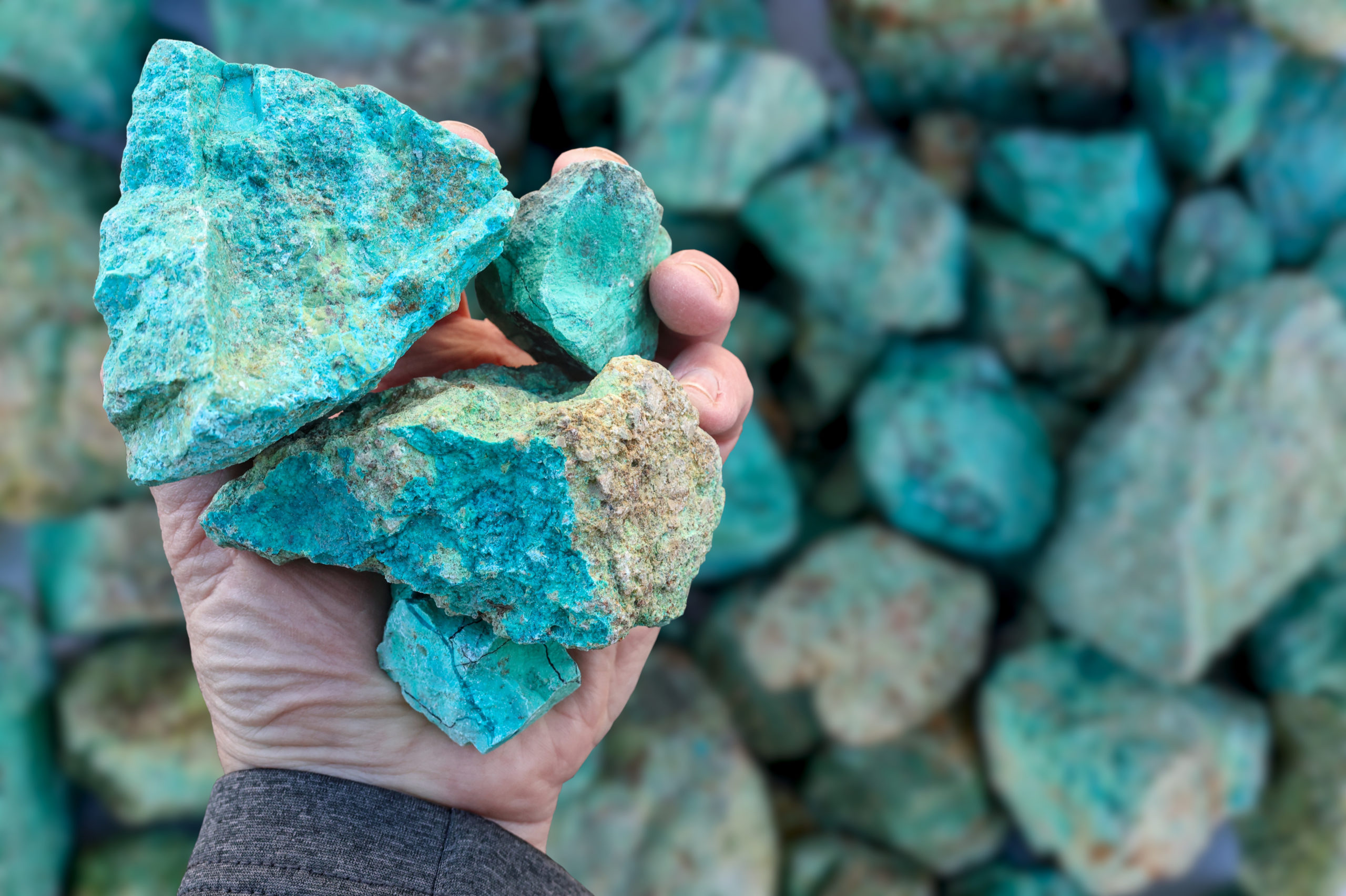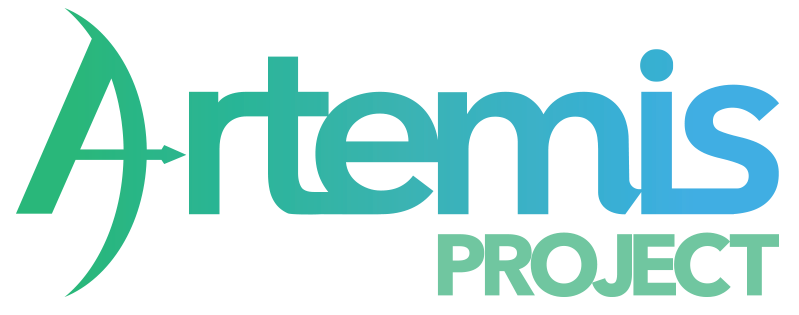Six low-capex gold projects in Ontario

Ramp reconditioning at Pure Gold’s Madsen project. CREDIT: PURE GOLD
When the price of gold was on the ascent about a decade ago, the growing costs of building a gold mine seemed – if not justified, then – forgivable.
Now that the yellow metal has avoided the same degree of volatility for several years, and seems somewhat stable in the US$1,100-1,300 per oz. range, development plans have come back down to earth.
To be sure, there are still some projects in the works in Ontario with $1 billion-plus price tags – but they are generally being advanced by a joint venture instead of by a single owner. For example, Iamgold’s $1-billion Cote gold project, which is at the feasibility stage, is now being advanced with 30% partner Sumitomo. And Premier Gold Mines has brought in Centerra Gold as a 50% partner at its $1.3-billion Greenstone project, now in permitting.
But a new crop of gold projects is on the rise in Ontario. Lower capex and generally higher grade, these development projects sport refreshingly modest price tags.
Here’s a look at six of them.
MADSEN – Pure Gold
Pure Gold, which began a feasibility study for its Madsen gold project in the Red Lake district in December, says what sets its project apart is grade.
“Our view is there is a real scarcity of quality, high grade deposits and assets around the world,” says Pure Gold’s president and CEO, Darin Labrenz.
“With a grade of ten grams per tonne, that puts Madsen into the top few percentile worldwide, so it truly is unique from a grade perspective.”
A historic producer, with mining beginning in 1935, Madsen has already delivered 2.5 million oz. of gold at an average grade of 9.9 g/t gold.
A preliminary economic study released last September estimated the mine could churn out another 66,100 oz. of gold per year for 14 years at a price tag of only $50.9 million.
And the economics? The PEA pegged the project’s post-tax internal rate of return (IRR) at a hefty 47%.
Life of mine average cash costs were pegged at US$595 per oz. The study also projected an after-tax net present value (NPV) of $258 million, using a 5% discount rate, a gold price of US$1,275 per oz., and an exchange rate of US$0.80.
Madsen holds indicated resources of 5.8 million tonnes grading 8.9 g/t gold for 1.6 million oz. Inferred resources add another 587,000 tonnes grading 9.4 g/t gold for 178,000 oz.
The PEA looked at mining only 3 million tonnes of the resource with a life of mine diluted head grade of 10 g/t gold.
Pure Gold acquired Madsen in 2014 from Claude Resources for $11.2 million after what Labrenz calls “a long pursuit.”
Claude put it into production in the late 1990s, but had to suspend mining in 1999 after 18 months of mining because of the low gold price.
Their work, however accounts for some of the newer infrastructure onsite, including a 600 t/d mill and tailings infrastructure.
The operation is still permitted, having been put on care and maintenance when mining was suspended.
An existing portal and ramp reach 150 metres depth; the PEA mine plan outlines development to 1,430 metres depth.
The company is aiming to make a production decision by the fourth quarter of this year.
As part of the feasibility work, Pure Gold is collecting a 7,200-tonne bulk sample in the second quarter.
While high-grade gold deposits can boast impressive grades, they can be tricky to understand in practice. Deposits like Goldcorp’s Cochenour and Rubicon Minerals’ Phoenix mine – both in Red Lake – have run into problems when it was discovered that the geology was misinterpreted or poorly understood.
At Cochenour, Goldcorp had to roll back resources by 37% to reflect a better understanding of the geology and orientation of the deposit. Rubicon’s indicated resources declined by 91% after trial mining revealed the geology of the deposit was more complex than thought.
In the case of Madsen, however, there’s a long history of production and an incredible amount of closely spaced drilling that assures Labrenz that the mineralization is continuous.
“Our fears are greatly reduced given you have 36 years of operating history,” he says.
“When you look at the Madsen orebody, it extends for several kilometres in strike length and 1.2 km down-plunge, so there is pretty fantastic continuity from the geologic perspective. The resource itself is defined by 1.1 million metres of drilling and the average spacing between drill holes is about 6.5 metres, so it’s a very well defined resource.”
Pure Gold says the structurally controlled high grade gold mineralization is hosted near ultramafic and basalt contacts at Madsen.
As it moves toward production, the company is also focused on expanding resources. It boosted indicated resources at Madsen by 40% last August and at the end of the year, announced first resources for two satellite deposits – Russet South and Fork.
SUGAR ZONE – Harte Gold
After beginning construction last summer, Harte Gold is well under way toward beginning production at its Sugar zone, 80 km east of Hemlo gold camp, in the third quarter.
While the company has proceeded without a feasibility study, at press time, it had just released an updated resource estimate with a PEA update expected to follow.
Indicated resources now total 2.6 million tonnes grading 8.52 g/t gold for 714,200 oz. of gold, with inferred resources adding 3.6 million tonnes at 6.59 g/t gold for 760,800 oz. of gold.
The new resource tripled contained ounces. Using the previous smaller resource, a 2012 PEA estimated preproduction capital costs at the Sugar zone at $119 million. The study outlined a 750 t/d underground operation producing 66,100 oz. gold annually over a six-year mine life. The study was based on potentially mineable resource after dilution and recovery of 1.6 million tonnes grading 8.1 g/t gold.
Harte Gold has completed a 70,000- tonne bulk sampling program at the narrow vein Sugar Zone to better define resources, the continuity of mineralization, mineralized widths and modelled grades. The bulk sample also confirmed that the project metallurgy is simple, recoveries are high, that longhole mining is an appropriate mining method, and the cost of contract mining.
This year Harte Gold, which is led by Stephen G. Roman, plans to conduct 80,000 metres of regional and near-mine exploration drilling.
The project is permitted for Phase 1 production at 540 t/d or roughly 50,000 oz. of gold per year.
MAGINO – Argonaut Gold
While it’s not a high grade project, Argonaut Gold has looked for ways to reduce capex at its Magino project, 40 km northeast of Wawa.
In November, the company completed a feasibility study for the open pit project that sought to reduce capital costs compared to a 2016 prefeasibility, which pegged the initial capex at US$540 million.
Looking at a smaller scope 10,000 t/d operation (down from 30,000 t/d), the feasibility pegged capital costs at US$293 million. With sustaining and closure costs, plus contingency funds, the total capex comes to US$405 million.
The lower rate of mining extends the mine life to 17 years from 10, with annual production averaging 115,700 oz. of gold (down from 295,000 oz.)
The economics of the project are somewhat reduced, but still profitable. The after-tax NPV is US$288 million and the IRR 19.5% (compared with US$415 million and 22.9%, respectively, in the previous study). Cash costs are projected to be US$669 per oz., up from US$582 per oz. The study used a gold price of US$1,250 per oz., an exchange rate of US$0.78 and a 5% discount rate.
Proven and probable reserves at Magino total 59 million tonnes (diluted) with a diluted grade of 1.13 g/t gold for 2.1 million oz.
Magino hosted a past producing underground mine from 1988-92, which was focused on higher grade gold contained in narrow, quartz veins and stockworks. Argonaut’s open pit operation would target disseminated, lower grade mineralization that occurs in a broad envelope around higher grade structures.
While it hasn’t made a decision on development yet, Argonaut submitted its environmental impact statement (EIS) for the project in January 2017. The company plans to continue with the permitting process in 2018 then evaluate whether to move forward with a smaller scale operation or to bring in a joint venture partner to help fund the 30,000 t/d option.
BRADSHAW – Gowest Gold
Gowest Gold is targeting commercial production at its Bradshaw project in the Timmins gold camp by 2019. The company’s first gold revenue will come sooner – in the second quarter. At press time, Gowest had signed an agreement with Shandong Humon Smelting for a US$3-million prepayment for gold concentrate it will produce via a 30,000- tonne bulk sample at Bradshaw.

Ramp entrance at Gowest Gold’s Bradshaw project. CREDIT: GOWEST GOLD
About 14,000 tonnes of development material are already stockpiled for sorting, milling and sale as concentrate.
A 2015 pre-feasibility study indicated that with an initial capex of US$21.5 million and sustaining capital of US$21.4 million, the underground mine would produce an average of 40,500 oz. per year over 8.5 years. Using a gold price of US$1,200 per oz. gold and a discount rate of 5% and an exchange rate of US$0.80, the study pegged Bradshaw’s after-tax NPV at US$29.2 million and its IRR at 27%.
The study focused on mining the upper 500 metres of the orebody, but drilling has intersected mineralization to 1,350 metres, indicating potential for expansion.
Bradshaw hosts indicated resources of 2.2 million tonnes grading 6.19 g/t gold for 422,000 oz., including probable reserves of 1.8 million tonnes grading 4.82 g/t gold for 277,000 oz. gold.
Inferred resources add 3.6 million tonnes grading 6.47 g/t gold for 755,000 oz.
To better define the deposit and in preparation for the bulk sample, Gowest recently completed a 29-hole underground infill drill campaign. The drill holes reduced the spacing between holes FEBRUARY/MARCH 2018 CANADIAN MINING JOURNAL | 39 to between 12.5 and 20 metres in the area of the bulk sample.
Gowest plans to use ore sorting technology that would double the grade up to 10 g/t, including with the bulk sample, reducing costs and tonnage to the mill.
Ramp development began last May, and so far, the company has completed 1,600 metres of underground development down to the 60-metre level.
The bulk sample is fully permitted, and expects to receive permits for full production this year.
In February, the junior announced the discovery of two new, high grade zones In a drill hole about 25 metres north of existing reserves, Bradshaw North returned a 4.2 metre interval grading 20.91 g/t at 68 metres depth, including 1.9 metres of 42.15 g/t gold.
Last year, Gowest entered a non-binding agreement with Northern Sun Mining to acquire a 50% interest in the nearby Redstone mill, which has a throughput capacity of 1,500 t/d.
GOLIATH – Treasury Metals
Treasury Metals has begun a feasibility study at its Goliath gold project, 20 km east of Dryden, in northwestern Ontario. And, despite the project’s name, development costs at Goliath are projected to be quite reasonable.

Coarse gold in drill core from Treasury Metals’ Goliath project. CREDIT: TREASURY METALS
An updated PEA released in March 2017 estimated that an open pit and underground mine at Goliath could produce 88,000 oz. of gold and 160,000 oz. of silver annually over 13 years with an initial investment of only $133.2 million. Another $132.5 million in sustaining capital would fund underground development. The study pegged the 2,500 t/d project’s after-tax NPV at $306 million and its IRR at 25%.
Goliath holds open pit measured and indicated resource of 18.2 million tonnes at 1.26 g/t gold and 5.3 g/t silver for 737,800 oz. of gold and 3.1 million oz. of silver. Underground measured and indicated resources total 2.4 million tonnes grading 4.95 g/t gold and 14.7 g/t silver for Ontario 376,600 oz. gold and 1.1 million oz. silver.
For 2018, Treasury Metals is planning 27,000 metres of drilling, a resource update and the completion of a feasibility study. The junior envisions first production in late 2020, after arranging financing and beginning construction in 2019.
Mineralization at Goliath is contained in a 100-150-metre-wide central zone composed of intensely altered felsic metavolcanic rocks with minor metasedimentary rocks. The zones contain high grade shoots in regular intervals.
CLAVOS – Sage Gold
Sage Gold’s Clavos gold project, in the Timmins gold camp, is permitted to run up to 700 tonnes per day.
A 2013 PEA forecast initial capex for Clavos at only $8 million to build an underground mine that would produce 145,448 oz. of gold over a seven-year mine life. Using an 8% discount rate, the Ramp reconditioning at Pure Gold’s Madsen project. CREDIT: PURE GOLD project’s post-tax NPV was calculated at $13 million and its IRR at 47%.
Sage Gold is working on a resource update and prefeasibility study for Clavos, as well as conducting a bulk sample program.
Having been mined briefly between 2005 and 2007, Clavos has infrastructure in place, and has seen development down to the 285-metre level. Sage Gold says dewatering work is about 90% complete.
The company has a life-of-mine toll milling agreement in place with McEwen Mining’s Black Fox mill, 10 km away.
A resource estimate calculated in 2012 puts indicated resources at Clavos at 1.3 million tonnes grading 4.81 g/t gold for 194,600 oz. Inferred resources add 796,000 tonnes grading 4.7 g/t gold for 120,000 oz.
Gold mineralization at Clavos occurs in quartz and quartz-carbonate veins, occurring most often in mafic and ultramafic volcanic rocks in proximity to porphyry intrusives.





Comments